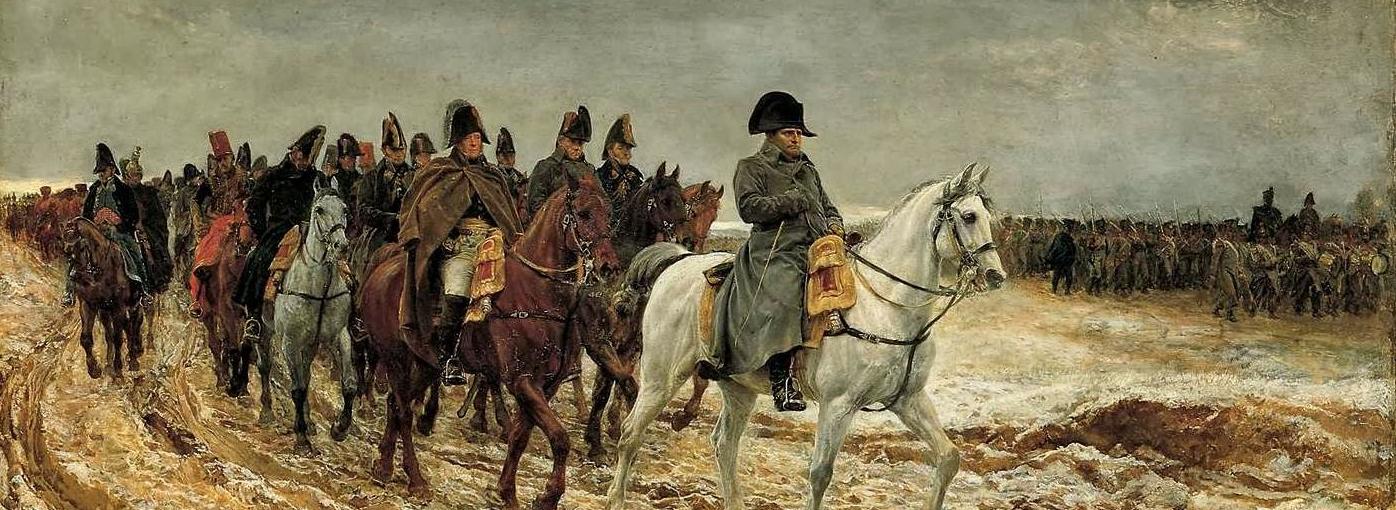Lately I've been working a couple of projects that involved cellphone use in Mexico. As soon as we started working we identified the clear lack of information about where coverage exists in Mexico and where it doesn't. In particular we wanted to identify locality level information on cellphone coverage and at the end of the day we found out that either you went directly with the carriers or you didn't have acess to easy to use information.
The closest we found was Open Signal which provides an API from a crowdsourced database on signal in different parts of Mexico. It has two problems; 1) its crowdsourced so it might have issues in smaller localities in rural areas (one of our main interests) and, 2) its API limits 5 requests per second and only 2K a month. That means no posibility of actual downloading the DB of Shapefiles which might make the procedure really tiresome. As we were about to lose hope we found that the GSMA , an association that groups together almost all the cellphone providers in the world, has website with a very ugly tool to see the maps. I thought it would be a good idea to get them from there. This is what this post is about, so you can get them pretty easily using some R.
